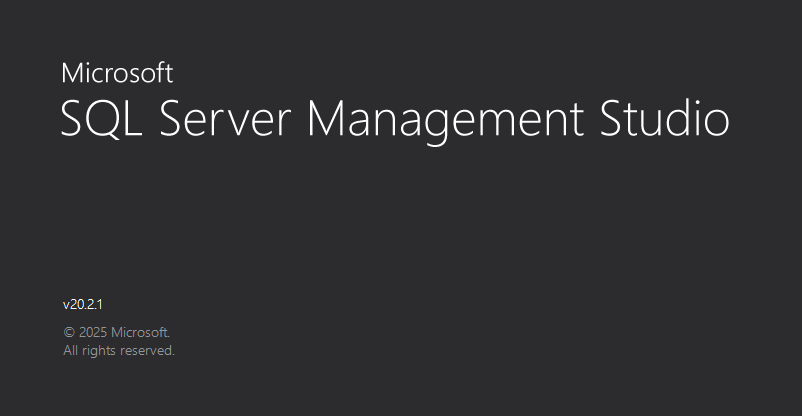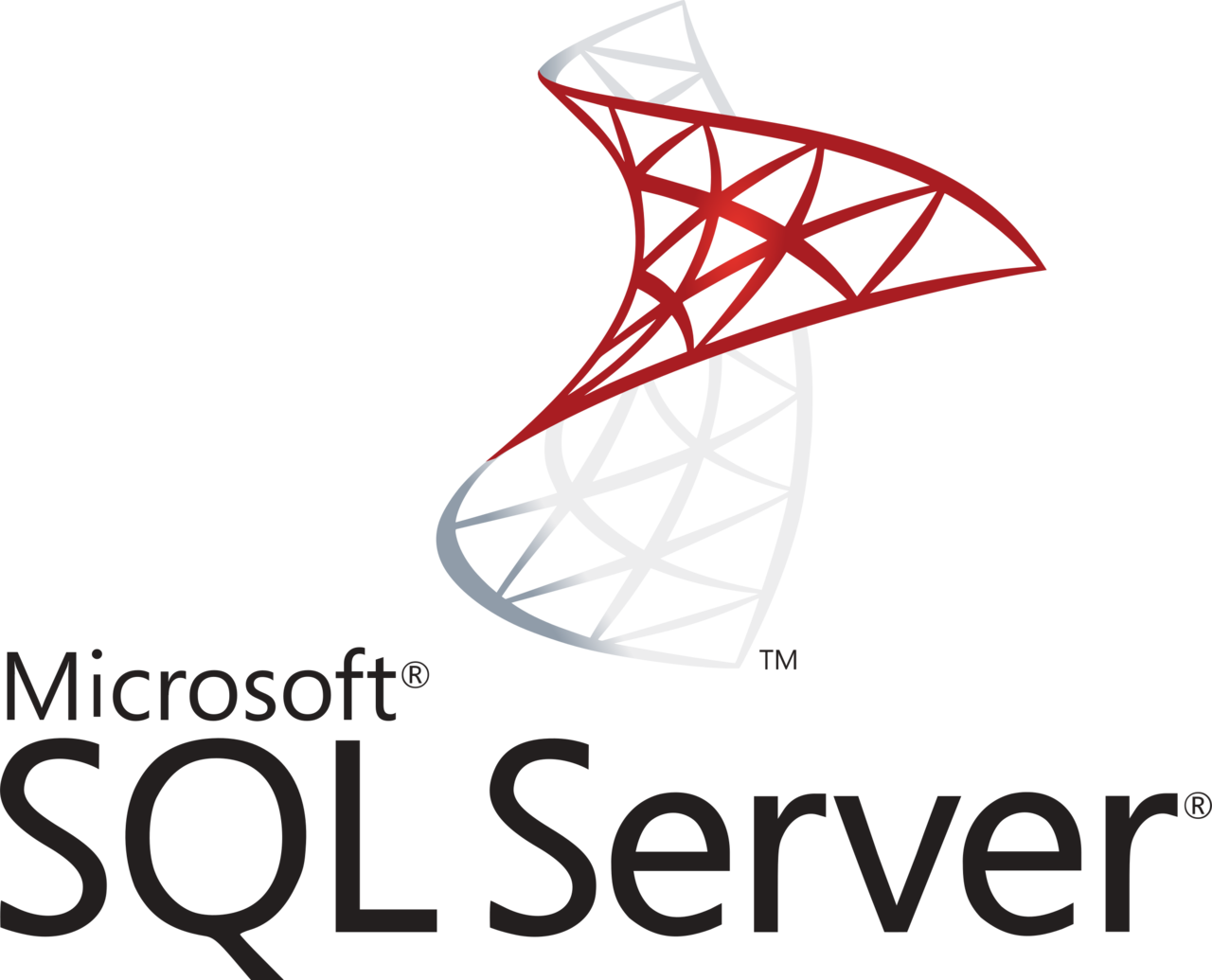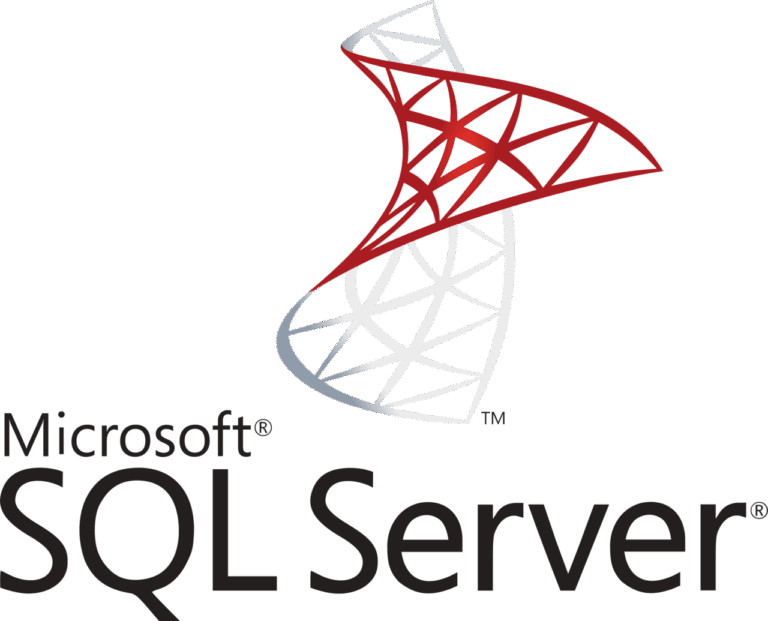The fire-and-forget method to update SQL Server Management Studio (SSMS) automatically. The script below starts with uninstalling any installed SSMS version. Once that is succeeded, it downloads & installs the latest available version from Microsoft.
This script is ideal for in your silent, automated (unattended) deployments of SQL Servers or management servers needing this tool.

Next to this script you can also use command-line parameters to install SQL Server Management Studio.
Conclusion
In this post I shared a “fire-and-forget” PowerShell script designed to uninstall any existing version of SSMS and then download and silently install the latest release from Microsoft. This makes the process ideal for fully automated, unattended deployments – especially useful when you’re provisioning new SQL Server instances or management servers.
In addition, you can combine this script with command-line parameters to further customize installation behavior, leveraging Microsoft’s documented SSMS installer options.




[…] install or update SQL Server Management Studio silently. […]